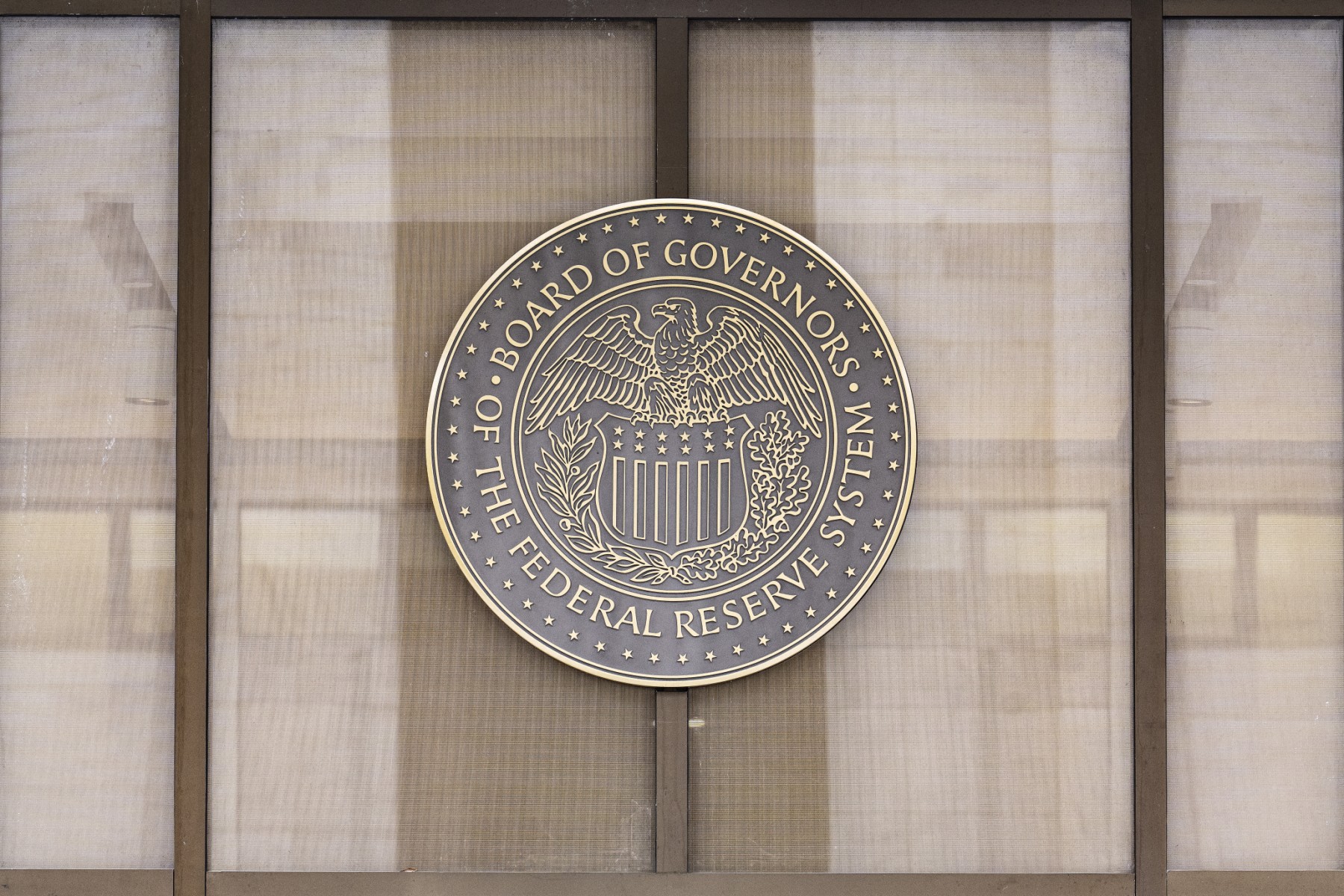London, UK – Stock markets slumped across the board on Tuesday after US jobs data signaled the labor market remained buoyant, reinforcing a conviction that interest rates will remain higher for longer as the Federal Reserve tries to bring inflation under control.
The figures also prompted bond market selling that pushed up US Treasury yields and hence the dollar, which jumped past 150 yen.
That raised speculation of Bank of Japan intervention to strengthen its currency — if it hasn’t already done so — as it did when the yen weakened in October last year. Traders noted that the dollar quickly fell back after breaching the psychological threshold.
For days the focus has been on US Treasury bond yields that have surged to levels not seen in over a decade, suggesting doubts about prospects for growth and corporate earnings.
The yield on the benchmark 10-year Treasury bond has reached the highest level since 2007 — the beginning of two years of global financial crisis.
A closely watched labor report, known as JOLTS, showed a surprise increase in the number of vacant job openings, to 9.6 million openings, a sign of continued tightness in the jobs market.
The data could induce the Fed to increase interest rates further — after the 11 hikes since March 2022 — in its fight against inflation.
“The US labor market remains in rude health, keeping upward pressure on both the US dollar and on yields,” said Michael Hewson, chief market analyst at CMC Markets UK.
“If we continue to see yields move higher, with speculation that the US 10-year yield could push up to and beyond 5 percent, the pressure on US stock market valuations could become more intense,” he said.
The wary outlook was heightened by comments from a senior Federal Reserve official suggesting no easing of monetary policy anytime soon.
“The most important question at this point is not whether an additional rate increase is needed this year or not, but rather how long we will need to hold rates at a sufficiently restrictive level to achieve our goals,” Fed Vice Chair for Supervision Michael Barr said Monday.
“I expect it will take some time,” he added.
For investors, that raises the prospect of high borrowing rates that could start to dent corporate earnings and push up unemployment — lowering the chances for the “soft landing” sought by Fed officials.
Since September, stock indices on both sides of the Atlantic have erased much of the gains seen since the beginning of the year — in Paris, the CAC 40 fell below 7,000 points at one point for the first time since March.
“Sentiment remains cagey with investors showing no desire to hold onto any gains,” said Fawad Razaqzada, a market analyst at StoneX.
He noted that oil prices were recovering from a recent bout of profit-taking, as investors awaited an OPEC ministerial meeting on Wednesday to see if prices will resume their run of gains despite the prospect of sluggish growth.
“Rising oil prices could make stagflation even worse for oil-importing countries in the eurozone, Japan and China, among others,” he said.
Asian indices also ended mostly lower with Hong Kong leading the decline, falling nearly 2.7 percent as the market reopened after a holiday weekend.
Russia’s currency meanwhile continued to weaken on signs the country’s economy is facing slower growth and higher inflation as the fighting in Ukraine drags on.
The ruble crossed the psychological threshold of 100 to the dollar on the Moscow financial exchange — having already done so in August before recovering — raising the prospect of weaker spending power for Russians forced to pay more for imported goods.







